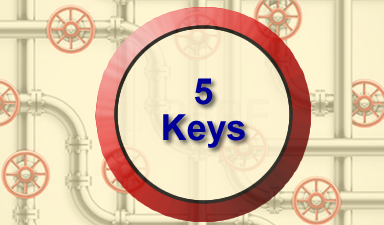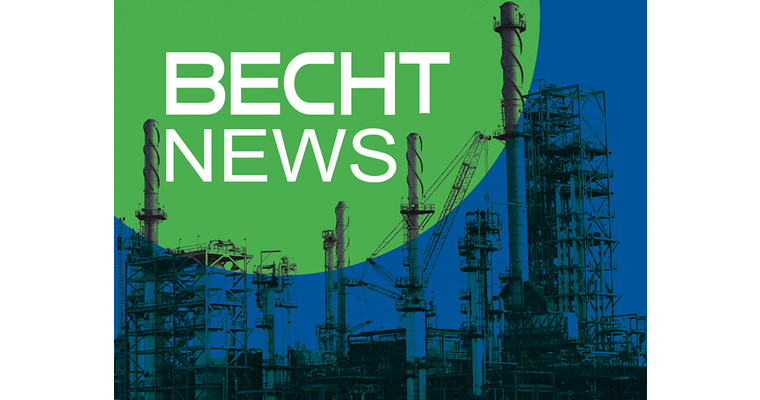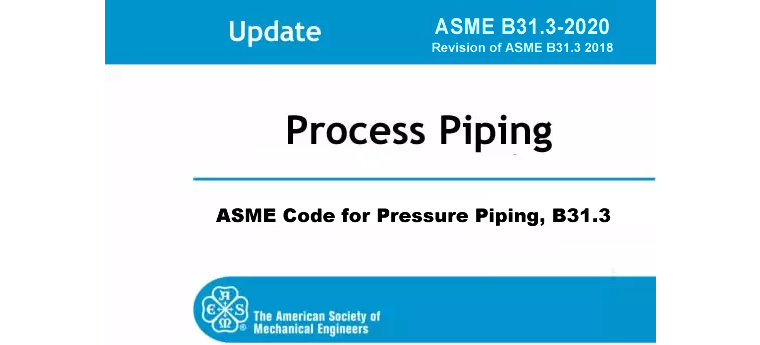Five Keys to a Cost-Effective Repair/Modification Package for Tanks-Vessels-Piping

:
- Process: Does the repair change the process chemistries, physics (fluid phase), and thermo-hydraulics (flow rates, pressures, temperatures)? Does the modification change the control room indications and the operating envelopes?
- Material: Are the selected metallic materials (base metal and welds) and non-metallic materials (gaskets, packings, etc.) compatible with the existing materials, with the environment, and with the service, for the design life of the repair? Is the material compliant with (a) the material specification (ASTM or ASME II), (b) the supplementary Code requirements, and (c) the supplementary plant-specific requirements? Will the material be procured from an approved supplier; does it require supplementary Quality Controls?
- ASME Code design: Does the modification alter the system layout? If yes, has the layout been checked for good practice and consistency with the process design (item 1 above)? Are the loads and load combinations well defined and categorized as Service Levels A, B, C, and D, Test, and Design? Are the 12 qualification criteria met (see separate blog)?
- Implementation: Implementation entails procurement, fabrication, erection, examinations, and tests. Are lockouts and tag-outs and safety precautions complete, correct, and understood? Are the fabrication, assembly, erection procedures and personnel qualified, for welded and non-welded construction? Are heat treatments specified for base materials as well as fabrication and erection? Is the type and extent of NDE specified? Is the staff performing the leak check qualified? Are the NDE acceptance criteria specified? Is there a plan to disposition joints that fail NDE? Is the type of leak test specified (hydrostatic, pneumatic, in-service, or sensitive)? Is the leak test procedure complete, with hold points? Is the personnel performing the leak check qualified? Are there functional tests to run following the leak test and prior to turn-over to operations?
- Follow-Up Inspections: What is the design life of the repair/modification? Is the repair/modification entered in the inspection plan? Is there a need to monitor the repair/replacement more often that the standard ISI program? What will be the type of periodic inspection or monitoring, and with what acceptance criterion? What are the lessons learned from this repair/replacement? Note that this approach abstains from labeling a repair temporary or permanent. By doing so we are consistent with ASME PCC-2 which avoids labeling repairs permanent or temporary. But API 510, API 570, and ASME XI do label repairs permanent and temporary. Instead of labeling repairs “permanent” or “temporary”, every repair should have a design life, and this design life should be adjusted based on the results of periodic inspections. However, in the nuclear power industry, safety-related repairs will generally be labeled temporary or permanent, through the ASME Code or Code Cases themselves or through the NRC conditional acceptance of the repair Code Cases.API 510





